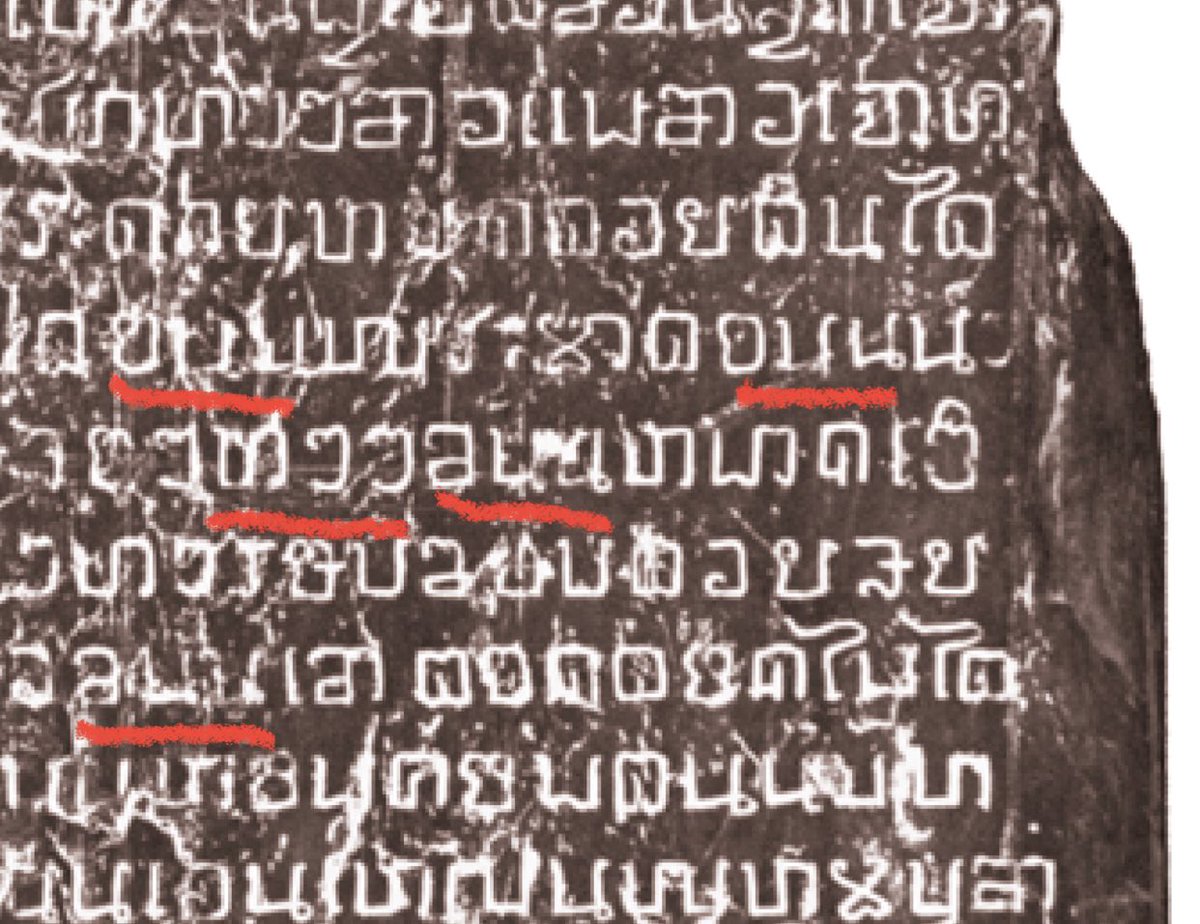
Linguist. I work on sound change, lexical tone, Thai & other Tai languages, inclusion in linguistics. Assistant Prof. at Binghamton University. he/him
How to get URL link on X (Twitter) App





 The ones above are from 1940, 1944, 1961, and 1962. Here are some older language books about Thai from 1894, 1895, 1900, and 1902. >
The ones above are from 1940, 1944, 1961, and 1962. Here are some older language books about Thai from 1894, 1895, 1900, and 1902. > 









https://twitter.com/megandfigueroa/status/1277718258972385280What students are taught in school is a particular form of a language. Most of the time, that’s the variety that has the most social prestige. It most closely resembles the way that the more wealthy, educated, socially dominant class uses language (or wants to think they do). 2/